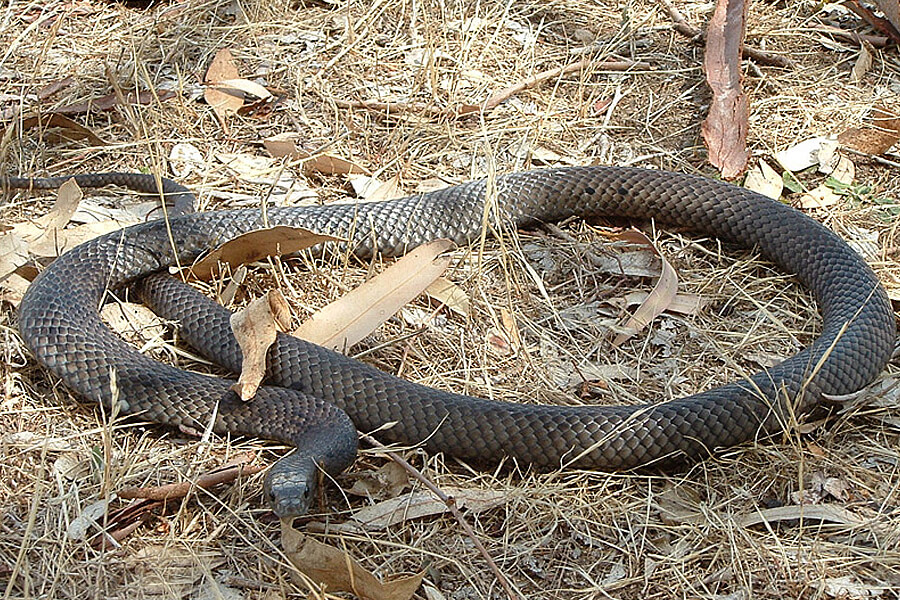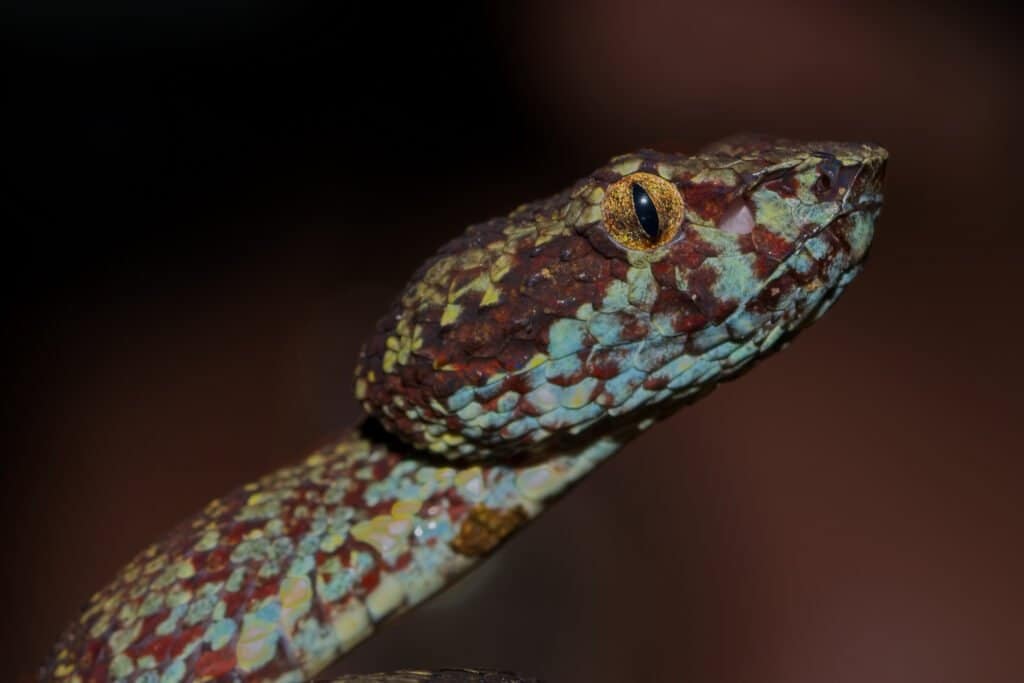Introduction
Tiger serpents (Notechis scutatus) are amongst one of the most interesting yet been afraid reptiles found in Australia. With their striking look and powerful poison, these serpents stimulate a blend of wonder and care. Observing tiger serpents in their natural environment can be an electrifying experience for nature enthusiasts, wildlife professional photographers, and researchers alike. Nonetheless, it's crucial to approach this undertaking with respect for the animal's habitat and an understanding of precaution to prevent serpent bites.
In this detailed overview, we'll discover exactly how to safely observe tiger serpents in their all-natural environment. We will cover subjects varying from recognizing their actions and habitats to first aid for serpent bites-- equipping you with expertise to enhance your experience while decreasing dangers.
What is a Tiger Snake?
Tiger serpents are highly venomous serpents native to Australia, Antivenom particularly Tasmania eastern brown snake venom and coastal regions. They are understood for their distinctive banded coloration looking like a tiger's stripes, which can range from yellowish-brown to dark brownish or perhaps black.

Physical Characteristics
Tiger snakes are tool to large-sized serpents that can mature to 2 meters long. Their bodies are durable, and they have a broad head that is distinctly bigger than their necks.
Habitat Preferences of Tiger Snakes
These reptiles normally populate marshes, estuaries, and coastal regions however can additionally be found near freshwater resources like rivers and lakes. Recognizing where these snakes live is essential for anybody aiming to observe them safely.
Understanding Tiger Snake Behavior
Are Tiger Snakes Venomous?
Yes, tiger snakes are amongst the most venomous snake species globally. Their poison contains neurotoxins that can bring about serious medical complications if bitten.
Behavioral Traits
Tiger serpents are normally reluctant creatures; they choose to stay clear of human communication. However, they Snake awareness Australia can come to be hostile if endangered or caught.

Where Can You Locate Tiger Snakes?
Tiger Snake Environment Exploration
To securely observe tiger snakes in their natural habitat, it's crucial first to identify where they flourish. They often tend to prefer:
- Coastal marshlands Mangroves Swamps Riverbanks
Best Places for Observation
Some recommended areas consist of:
- Tasmanian wetlands The shorelines of southerly Australia National parks with water bodies
Safety Precautions Prior to Observing Tiger Snakes
Understanding the Threats of a Tiger Serpent Bite
Although encounters with tiger snakes can be exhilarating, recognizing the dangers entailed is paramount:
Recognize signs and symptoms of a snake bite: swelling at the website, discomfort radiating from the bite area. Know emergency situation get in touches with: Familiarize on your own with local emergency services. Carry a first-aid kit especially outfitted for snake bites.First Aid for Snake Bites: What You Need to Know
Knowing what actions to take if bitten might conserve your life or somebody else's:
- Stay calm; activity raises poison spread. Call for clinical assistance immediately. Do not apply ice or effort suctioning.
How to Safely Observe Tiger Snakes in Their Natural Habitat
When you determine to observe tiger serpents in the wild:
Dress Appropriately: Wear long trousers and tough boots. Use Binoculars: Keep a safe distance while observing these reptiles. Avoid Unexpected Movements: Quick activities may stun them. Stay on Established Trails: Stay clear of wandering right into dense underbrush where exposure is low.Equipment Needed for Observation
Essential Equipment Checklist
- Binoculars First-aid set particularly created for snake bites Field guidebook on Australian reptiles Camera (with zoom capability)
Snake Bite Emergency treatment Package Essentials
A fully equipped first aid package ought to include:|Item|Objective|| -------------------------------|-------------------------------|| Compression plaster|To paralyze the affected location|| Antihistamines|For allergies|| Emergency get in touch with numbers|Quick gain access to during emergency situations|
Interpreting Tiger Serpent Signals
Understanding just how tiger serpents communicate through body language assists observers determine when it's safe or dangerous:
Common Behaviors
Defensive position: If curled or raised off the ground. Retreating behavior: When they gradually back away from potential threats.Dealing With Prospective Encounters
Even with precautions taken, an encounter may still take place during your monitoring trip:
Remain calm; panicking only enhances risks. Slowly back away without turning your back on the snake. Make your visibility understood verbally yet avoid sudden movements.Frequently Asked Inquiries Regarding Tiger Snakes
1. What ought to I do if I see a tiger snake?
Remain calm; observe from a range without disturbing it.
2. Are baby tiger snakes dangerous?
Yes, juvenile tiger serpents are born poisonous and might pose threats similar to grownups despite being smaller.

3. How usual are tiger serpent bites?
While events take place every year in Australia, casualties are unusual because of punctual treatment availability.
4. Can I keep a tiger serpent as a pet?
Keeping wild tiger serpents as animals is prohibited in lots of regions due to preservation laws.
5. What does a tiger snake attack appearance like?
Bite marks commonly reveal two puncture wounds along with localized swelling and discoloration.
6. Exactly how efficient is antivenom?
Antivenom therapy is highly effective when provided timely after a bite.
Conclusion
Observing tiger serpents in their all-natural environment provides an electrifying chance for wild animals lovers but have to be approached with care and regard for both the animal and its environment. By equipping yourself with expertise about these remarkable reptiles-- consisting of recognizing their habits and precaution-- you can enjoy unforgettable experiences while substantially decreasing dangers related to encounters.
In recap, constantly prioritize safety by preparing effectively prior to starting any type of wildlife monitoring exploration-- especially when handling some of nature's most poisonous animals like the tiger snake!